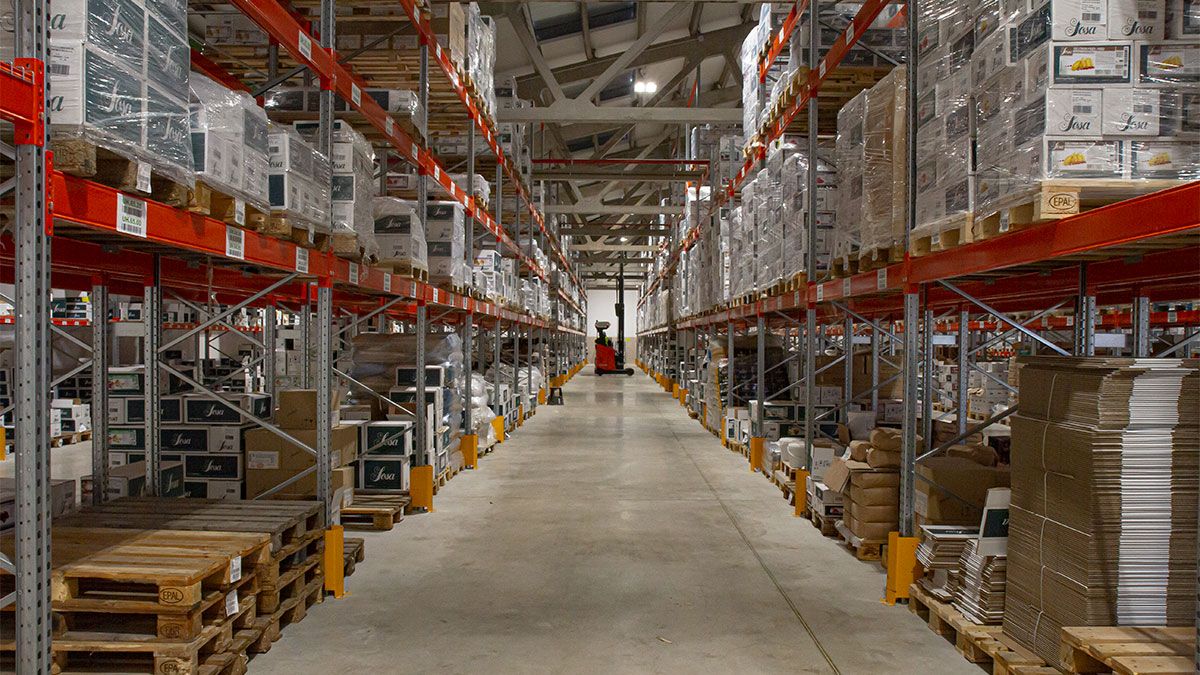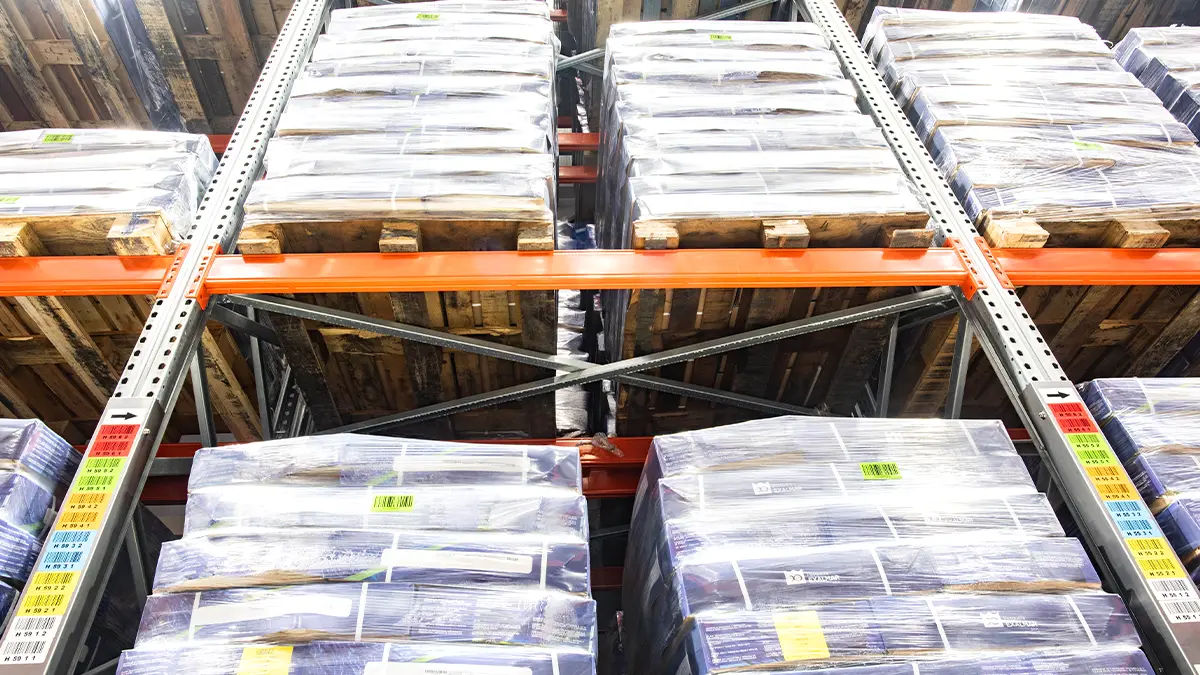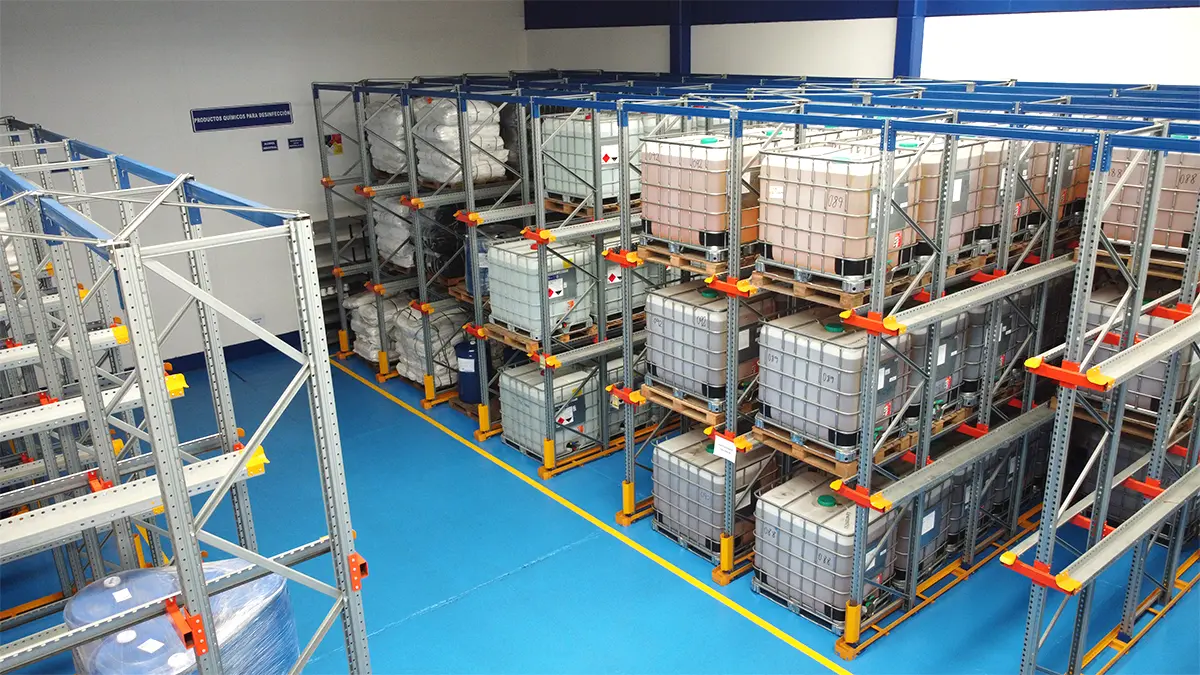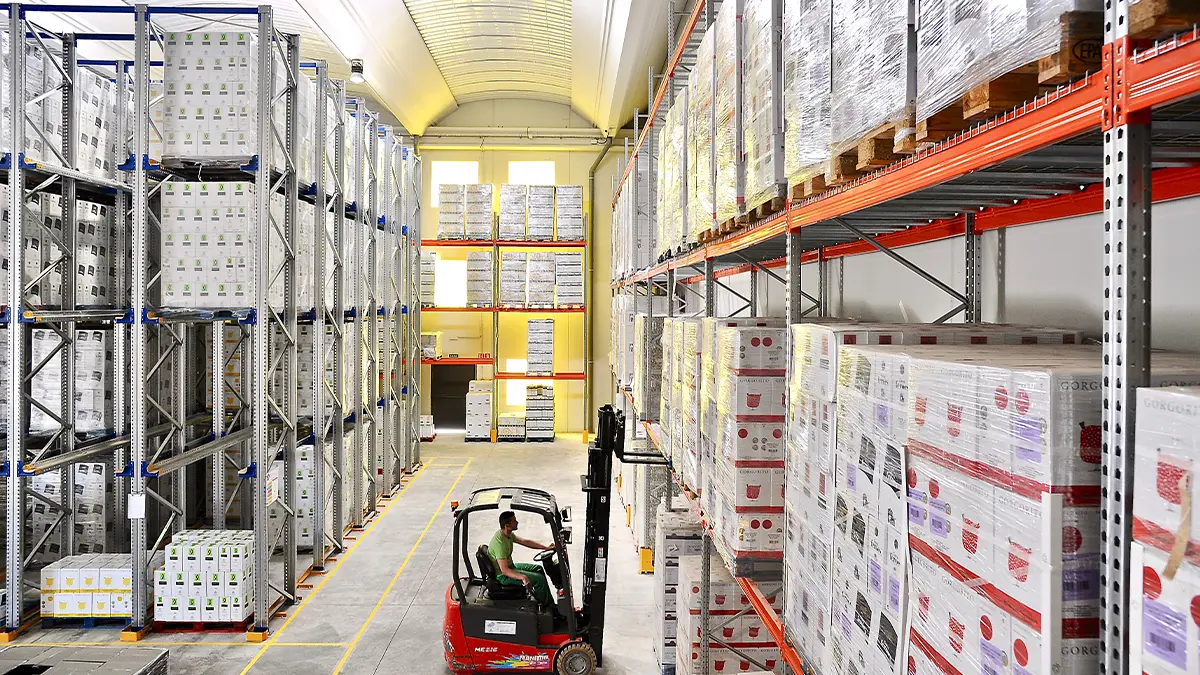Sustainable storage is a very widespread concept nowadays among companies. It consists of all those sustainable practices implemented in storage to protect the environment and reduce pollution. The industrial sector is increasingly aware of the negative effect of its activities and many companies have already introduced measures to minimise their impact on the environment.
The importance of sustainability in logistics
Environmental conservation and the continuous search for alternatives to reduce pollution and its consequences has become one of the main priorities for companies, and logistics, storage or handling companies are no exception.
Sustainable logistics consists of a set of measures and policies to reduce the harmful impact of pollution on the environment resulting from the activities of the logistics industry. The main objective is to modify certain behaviours in the supply chain processes to achieve a balance between environmental conservation and the economic development of companies. It is of vital importance that companies or organisations implement sustainable measures, since after all it is something that concerns us all.

5 recommendations to improve the sustainability of the warehouse
5 tips to put into practice are presented below to achieve more sustainable warehouses and storage systems and that ensure a good future for both the company and the planet.
Electrical efficiency
One of the easiest ways to make our warehouse more sustainable is to invest in more energetically efficient equipment. The first alternative could be to install an LED lighting system as it consumes between 30% and 70% less electricity and lasts longer compared to a conventional system. Another option is to use sensors that regulate lighting and that come on when they detect activity. This can significantly reduce energy consumption and cost at the same time. As a final alternative, a system of solar panels or renewable energy could be invested in as these methods are increasingly widespread currently.
Reduce, reuse and recycle
To avoid the vast amount of waste generated by logistics, recycling processes need to be implemented for the different types of materials and packaging that are used on a daily basis separating them by type. Reduce the use of materials and packaging, do not reuse them and opt for reusable or green ones.
Automation
Warehouses are changing and automation is on the rise. Automated warehouses emit fewer polluting gases and help reduce pollution from trucks with internal combustion engines. Considering that traditional forklifts are one of the most dangerous instruments in a warehouse, the use of automated forklifts, as a possible solution, may reduce work accidents and provide greater efficiency.
Location of the warehouse
Continuing with the tips, a very important point to achieve a sustainable warehouse is location. If warehouses are located close to customers or distributors, we reduce the travel distance of vehicles. This will mean less transport and fuel and in turn less contamination and more sustainable logistics.

Use alternative fuel vehicles
Transportation in logistics is one of the main causes of pollution due to high carbon emissions, so electric or alternative fuel vehicles are the greenest way to make shipments and work inside a warehouse. Consequently, sustainable transport generates less pollution and is more efficient.
AR Racking and its commitment to sustainability
AR Racking has obtained the ISO 50001 certificate which shows its environmental, social and economic commitment to sustainability. Not just AR Racking, but Grupo Arania too, the steel organisation to which it belongs and that has recently promoted the creation of a specific department and team to integrate sustainability. The main goal of this international standard is to help reduce energy consumption, minimise the carbon footprint and reduce costs promoting more sustainable energy consumption. AR Racking has also obtained the most prestigious certificates in environmental, quality and work safety areas, following the strictest national and international regulations.













